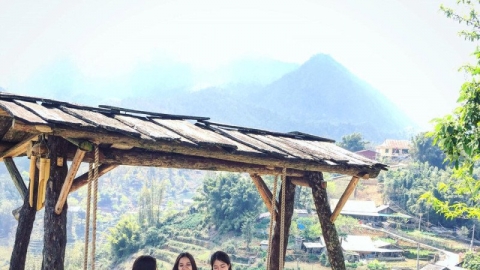Recently, an Australian travel blogger, owner of the blog Family Globetrotters, posted an article about the 10 most disappointing tourist destinations in the world. Among them, Sa Pa Vietnam was listed first.
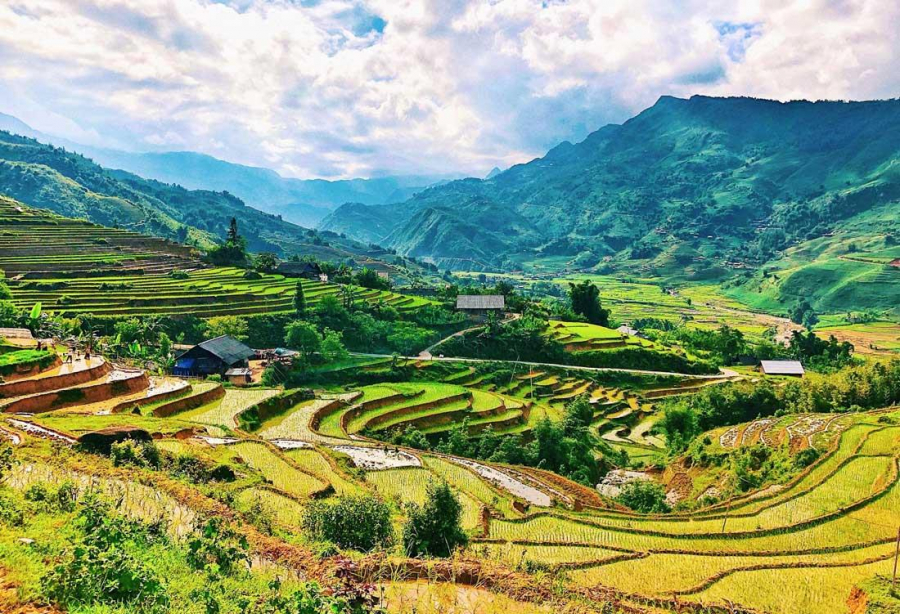
Sa Pa has long attracted international tourists with its fresh air and majestic nature...
“We don’t encourage you to skip these places, but we want to ease your frustration. When I arrived in Sa Pa, I was faced with a town that was developing in a chaotic direction. In my heart, I understood that tourists like me contributed to this situation,” Amy Chung - the owner of the blog said about the purpose of the article.

And Sa Pa today - where tourists are "lost" among excavators and bulldozers
In the eyes of this blogger, Sa Pa appears as a crowded town, with chaotic development projects, restaurants charging high prices and locals always trying to entice tourists to buy souvenirs.
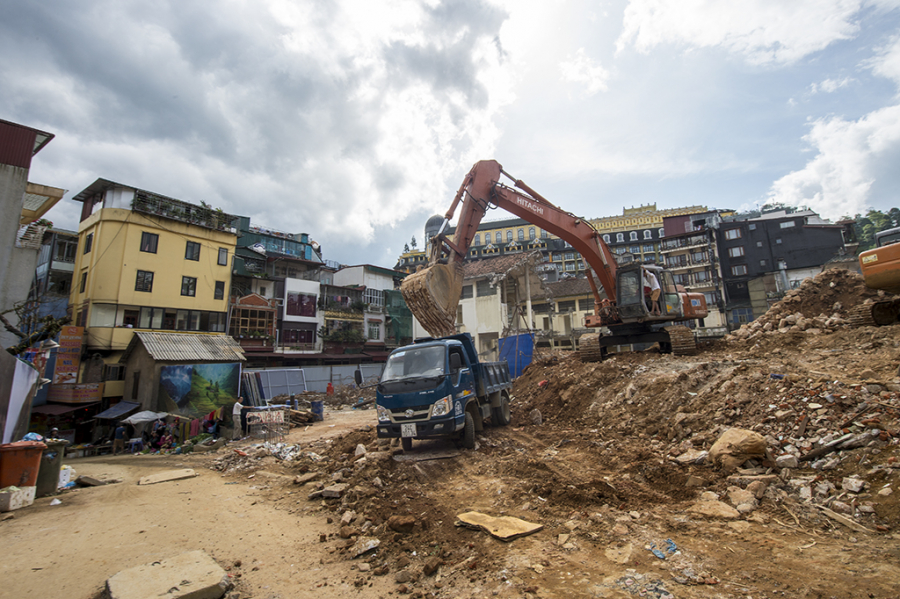
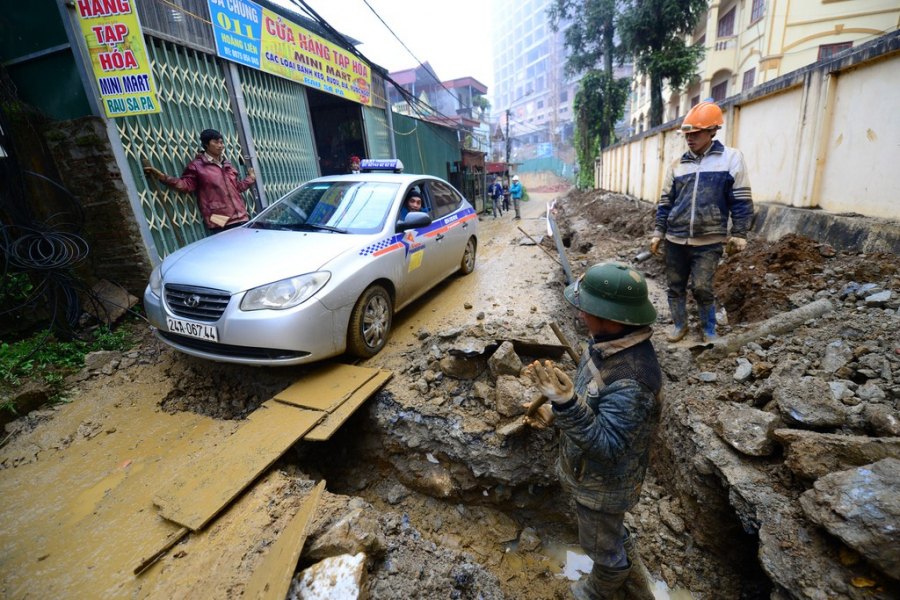
Indeed, if anyone had ever set foot in Sa Pa 10 years ago or even just 5 years ago, they would surely find Sa Pa now very strange. Since 2016, Sa Pa has adjusted its administrative boundaries to double its area to about 5,500 hectares, including the entire Sa Pa town, part of Lao Chai, Sa Pa and San Sa Ho communes. In 2017, the Prime Minister approved the Master Plan for the development of the Sa Pa National Tourism Area. Since then, many hotel, entertainment and restaurant projects have also been invested in and built. And when Sa Pa had a cable car system to the top of Fansipan and the Noi Bai - Lao Cai highway put into use, tourism has developed very strongly. Revenue has reached 1,500 billion VND/year and tourism services have become a key economic sector in the locality.
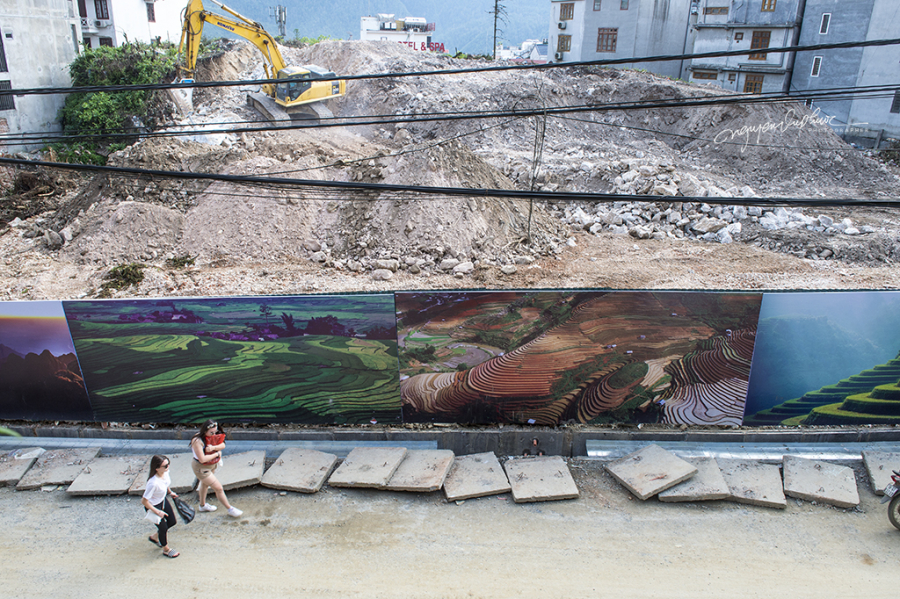
The project owner's promising images of a "majestic, green" future for Sa Pa contrast with the polluted, chaotic reality of the land.
However, the downside of tourism development is that Sa Pa is currently becoming overloaded and deformed in all aspects. Sa Pa is now the result of rapid development without any sign of overall planning, both economically and culturally. It creates a chaotic town of dust, rumbling excavators and bulldozers, and construction sites competing to build majestic and strangely modern buildings.
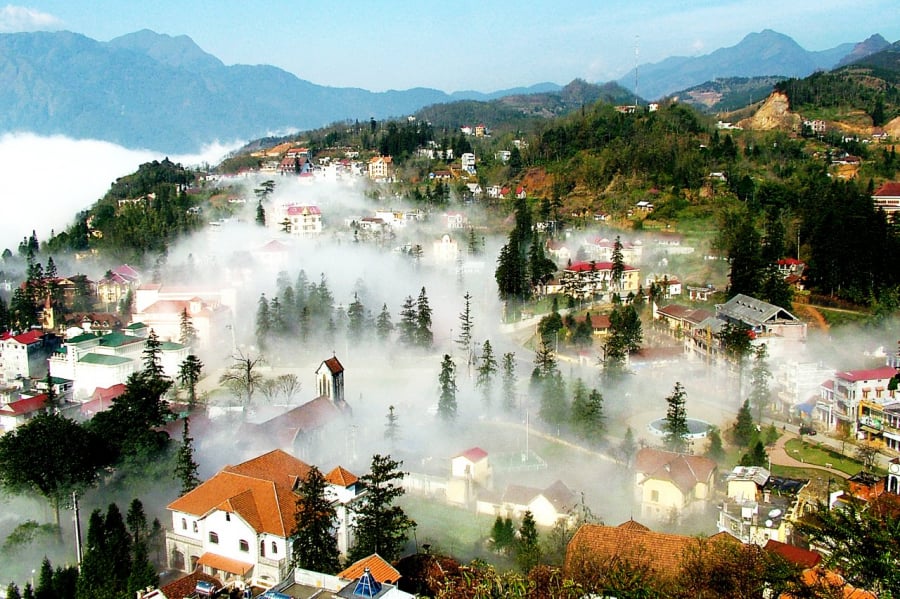
Sa Pa used to have a dreamy look with layers of mist covering...
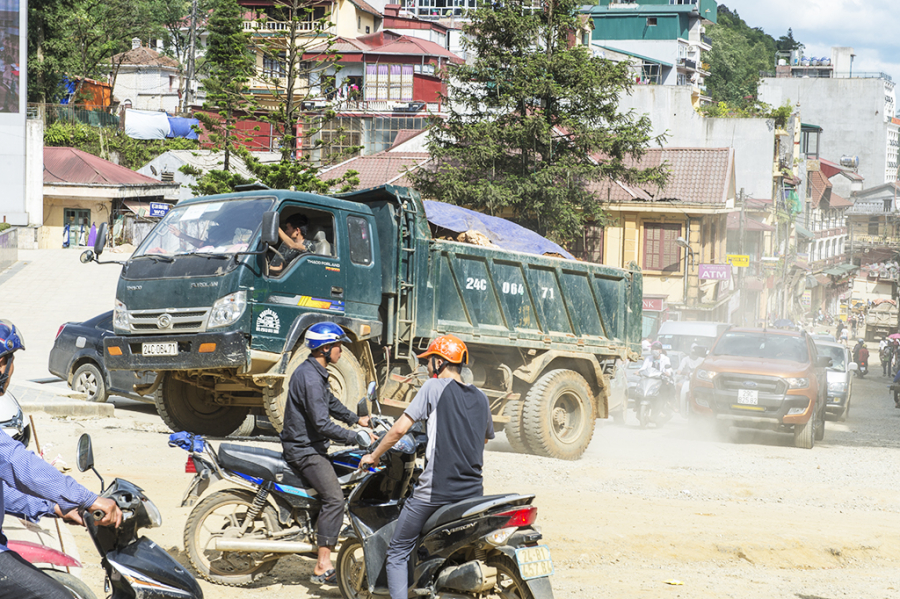
But today, that mist gives way to dust and smoke.
Information such as: "Sa Pa lacks water for daily use", "Sa Pa encourages people to use rice fields to serve tourism"... is really strange, really shocking. Because it is something that has never happened before - the result of rampant development, to the point of harming the identity and culture of this land.
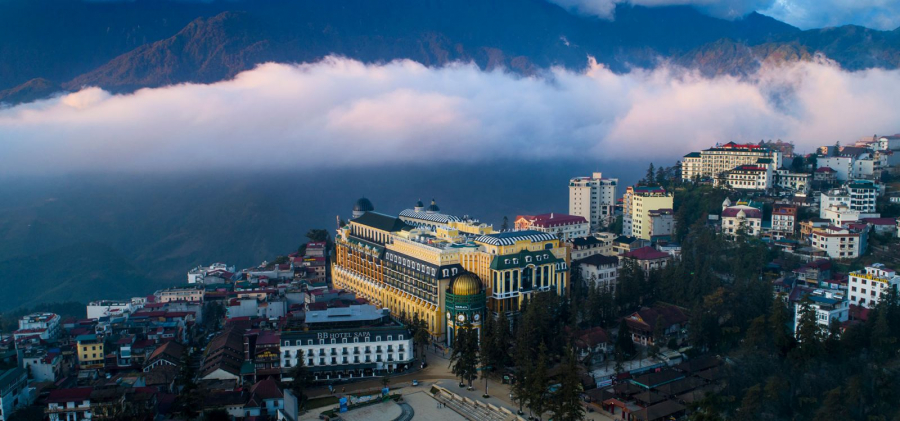
Sa Pa has become modern and colorful, resulting in overcrowding and the gradual loss of cultural identity.
In 10 years, will Sa Pa need Western-style houses for Western tourists to admire, will Sa Pa need shops selling silk products brought from a foreign land? And will Sa Pa still be Sa Pa when the Mong people are rushing out to the streets to sell Chinese products that are cheap in both price and culture, instead of staying at home to weave raw linen and no longer working in the fields...






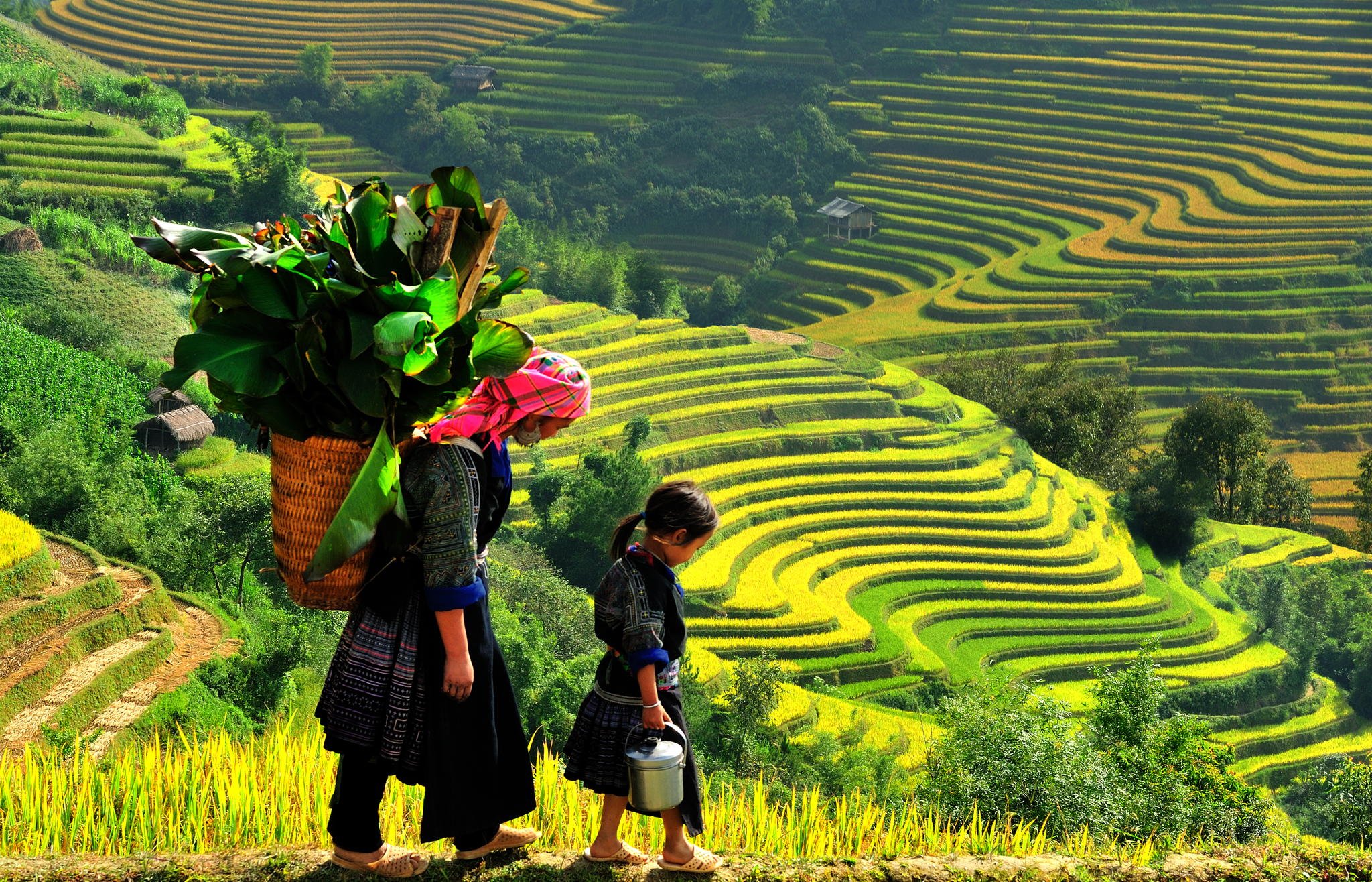









(Copy).jpg.jpg)









